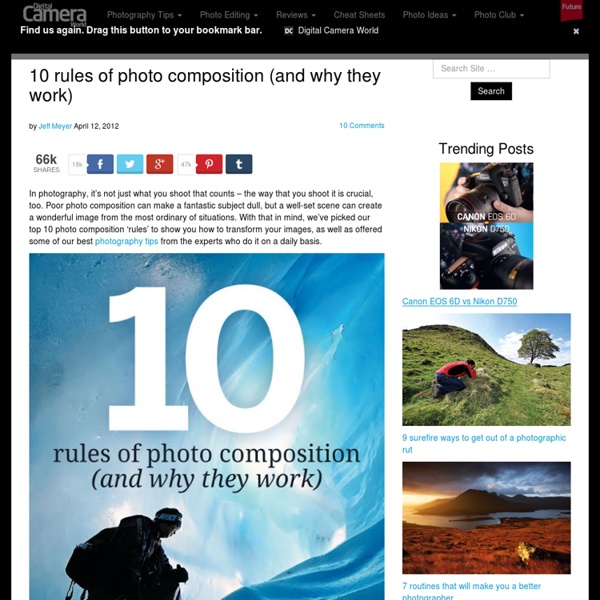Aperture Vs. Depth of Field Visual Guide
When you widen the aperture, the depth of field becomes shallower, and vice versa. That’s not all the Aperture does though, as it also affects the exposure. The DoF is also controlled by where you focus, and how far you are away from the subject. If you would like to learn more, I would suggest clicking here, here, and especially here. Here’s a general comparison though. I focused close to the camera, which allowed for a shallower depth of field, and I narrow the aperture by one stop each step (which allows half the amount of light in). Check out my new forum if you have any questions, there’s plenty of users there willing to answer any of your questions.
101 Portrait Photography Tips
Hover over this picture to pin this article on Pinterest! This is the largest collection of portrait photography tips ever assembled on a single page of the Internet. To write this portrait photography article, I asked members of the Improve Photography community to submit their favorite portrait photography tips. This article is a combination of my favorite tips, mixed in with the tips from the community. If you’d like to join the Improve Photography community, LIKE our Facebook fan page! 1. 2. 3. Window light 4. 5. I call it a “macro portrait.” 6. 7. 8. 9. 10. 11. Especially where brides are wearing white dresses, the bride’s teeth need to be perfect. 12. 13. 14. 15. Backlighting is great for hard mid-day light. 16. 17. 18. 19. Bubblegum can be a fun prop to help the model get a few casual shots. 20. 21. 22. Have the expert editors at Improve Photography review your photography portfolio in-depth and send you an audio feedback file for just $39 Check it out 23. 24. 25. 26. 27. 28. 29. 30.
Didaweb: Recursos didácticos e innovaciones educativas
50 essential photography tips
Whether photography is a hobby or a profession, you'll get a whole lot more out of it if you understand how it works. With a firm grasp of aperture, shutter speed, sensitivity and focal length, the ratio of truly great to merely mediocre shots you download at the end of an expedition is all but guaranteed to climb. Here we present CNET UK's 50 essential shooters' tips. Don't uncap your lens without them. Aperture 1. The size of the opening, which is regulated by a series of fins encroaching from the edge of the lens barrel, is measured in so-called f-stops, written f/2.8, f/5.9 and so on, with smaller numbers denoting wider apertures. A narrow opening is regulated by a large amount of each fin encroaching into the barrel, and so has a high f-stop number, such as f/16, f/18 and so on. 2. Rather than being opposite ends of a single scale these describe the maximum aperture at the wide angle and telephoto (maximum zoom) lens positions respectively. 3. 4. 5. 6. Filters and lenses 7. 8. 9. 10.
Blog | Wedding Concepts
Elegant Old – World Charm – Gretchen & Gordon’s Real Life Wedding After 7 years of adventures, challenges, laughs & many memories, American couple, Gretchen & Gordon decided to take a leap of faith and have a destination wedding in the heart of the Cape Winelands! Inviting only their closest family & friends the couple envisioned a truly romantic & intimate affair for their celebration! Colour By Trend – Making Bold & Vibrant Statements Every new wedding season brings with it distinctive and inspiring colour palettes! Glamourous Golden Gala – Jumoke & Seyi’s Real Life Wedding At Wedding Concepts we pride ourselves on getting an understanding of what our couples envision & creatively enhance this by creating a ‘golden thread’ that pulls through in all the elements of the day – turning each celebration into a unique & spectacular affair! Fashion Forward Elegance – the Real Life Wedding of Ebun & Segun Modern Vibrant Baroque – The Real-Life Wedding of Tamalin & Jude Behind the Lens with ZaraZoo
19 Things You Didn't Know You Could Do On Facebook
Infographic: First Photo to Digital to Instagram, and Beyond
I thought you might be interested in this infographic from Overgram, the new, free app that allows users to place text over their photos. The infographic provides insights on the history of photography from the first photo, to the first high speed photos, to color pictures, to the advent of digital photography, to Facebook and Instagram and photo sharing. Stats from the infographic include: The first photograph required an eight hour exposureMore than 3.5 trillion photos have been taken since the first photo70% of all Facebook activity is based on photos300 million photos are uploaded to Facebook everydayPhotos make up 42% of all posts on Tumblr91% of all smartphone owners take at least one photo per month Click Image to Enlarge/Full View
TheCraftStar Community: Photography 101 Part 1
In the online handmade community, unlike at a boutique or a craft fair, customers don't have the opportunity to fall in love with your products in person. If you make soaps, they don't have the opportunity to smell them and be transported by the perfect combination of relaxing and invigorating scents you've blended. If you create knit products, the customer doesn't get to touch the yarn and feel that you're using a a deliciously soft blend of yarn. The way to overcome this is through your written description of the items, and your photography! But even if you write the most appealing description ever, if your photography is lackluster, then the likelihood of customers sticking around long enough to ready the description is slim. It takes a split second for someone to decide if they want to give your product a closer look. Grab a cup of coffee and get to know your camera better! First a little confession: my first photography class made me want to run, screaming down the halls.



